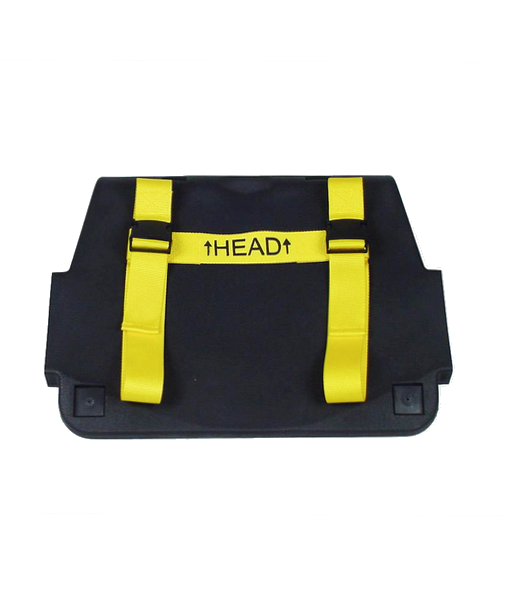
Treatments that are presently available, such as human-performed CPR and the current automatic CPR devices, do not account for patient variability. The CPR should be adjusted accordingly to each patient's physiologic condition. Since the "broken pump" is not similar from one to another, each OHCA case needs to be treated differently. This technique consists of rescue breaths and chest compressions to keep oxygenated blood circulating inside the body and to maintain the function of vital organs. The treatment for OHCA involves cardiopulmonary resuscitation (CPR). Whenever a patient is having a cardiac arrest (OHCA), his/her heart acts like a "broken pump" that is incapable of pumping blood throughout the body.

Aiming to provide a better emergency treatment for cardiac arrest, a team of Pitt engineers and doctors has created an automatic chest compression device to fulfill the need of an adaptive CPR technology. Introduction: The fact that patients vary in anatomy and underlying pathology makes a "one-size-fits-all" CPR technology insufficient for treatment of OHCA. If you have any questions, please contact the Michigan Instruments team today ! We can help you evaluate which device is suitable for you -and the answer may be both.Treating Out-of-Hospital Cardiac Arrest (OHCA): Automatic Chest Compression Device for Adaptive Cardiopulmonary Resuscitation (CPR)

TRADING IN YOUR AUTOMATED CPR MACHINEĪt Michigan Instruments, we offer a trade-in allowance for any manufacturer’s automated CPR device. Therefore, they are light enough to be easily incorporated into a hospital’s “crash cart” and can be set up within seconds. Storingīoth devices are easily stored and ready to use. The Thumper Device provides 100 continuous compressions per minute and no ventilation option.Ĭurrently, the Life-Stat® is the only automatic CPR device on the market that offers a built-in ventilator and meets current AHA CPR guidelines for chest compression and ventilation. Life-Stat® is built with an option to ventilate the patient at either 30:2 or during continuous compressions – 100 compressions per minute with 9 asynchronous breaths. While most of the other features are the same, this is where the key difference lies -the Ventilation Option. Once connected to an O2 source, these devices operate indefinitely. With no expensive disposable items, no batteries to purchase or store. The Life-Stat and Thumper are the most cost-effective devices available. This not only meets but exceeds the American Heart Association’s (AHA) current guidelines of at least 5 cm for an average adult. Both the Life-Stat and Thumper feature adjustable compression depth from 0 to 8 cm (0-3 inches) and are adjustable while in use. Compression Depth ControlĬompression depth control is the measurement of compression depth when administering CPR. Both allow usage on a patient with chest height up to 14.5 inches and width up to 22 inches. Accommodates Larger Patientsīoth the devices accommodate larger patients than many other available Automated CPR devices. Insert device into back board, lower massager pad, set compression depth, turn on and go. Quick Set-Up and Easy to Useīoth the Life-Stat and Thumper devices set up quickly and are easy to use.

Below, we compare the main features of each device, so you can decide which automated CPR device is right for you.

Having the right automated CPR machine is important to the safety of your patients.Īt Michigan Instruments, we’re here to help you help others. Since the automated CPR machine(s), the Model 1007 Thumper® and the Model 1008 Life-Stat®, are so similar, it can be difficult to know right off the bat which is the best fit for your organization.


 0 kommentar(er)
0 kommentar(er)
